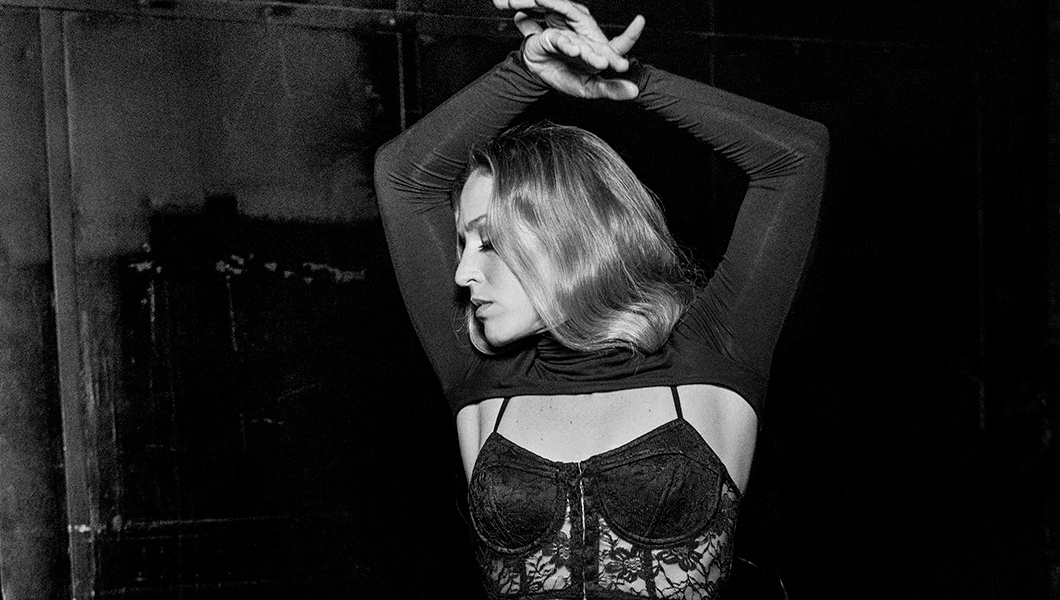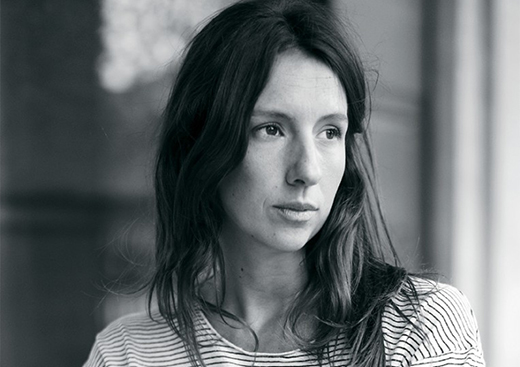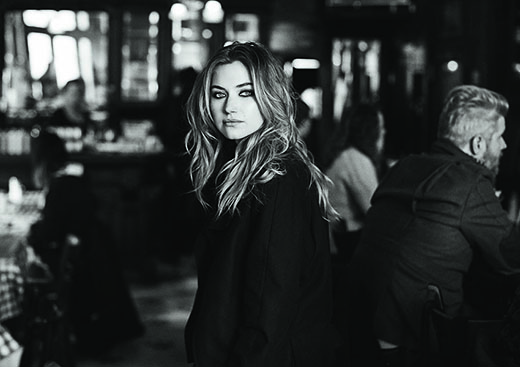In 1914, Spanish composer Manuel de Falla wrote El Amor Brujo (or Love, the Magician), basing the music and movement on his study of the Andalusians, a gypsy population known as the originators of flamenco music and dance. The gypsy girl at the plot’s center is forced to marry a man she doesn’t love, and after he dies, he haunts her.
When the piece debuted in Madrid, it was more or less a critical failure. Mainstream Spain had been suppressing the gypsies for centuries, and a celebration of their culture seemed ill fitted to their symphony halls. So Falla turned El Amor Brujo into a classical ballet and orchestra piece.
When Gustavo Dudamel, the Venezuelan conductor of the L.A. Philharmonic, and Siudy Garrido, the Venezuelan dancer-choreographer who fell for flamenco as a child, restage Falla’s piece in Los Angeles this spring, its flamenco roots will be revived.
“Our challenge with this production is to make the orchestra feel in harmony with the flamenco flavor,” says Garrido. Her company of flamenco dancers and the musicians will have to be completely in sync.
Garrido officially met Dudamel about four years ago. She had come to Los Angeles with her husband and frequent collaborator, filmmaker Pablo Croce. He had a round of meetings to attend. They received an invitation to a Venezuelan symphony event, encountering Dudamel at the dinner afterward. “Oh my God, I love your work,” the conductor gushed upon meeting Garrido. “We need to work together.”
“Of course,” said Garrido, a fan of his as well. “Whenever you want.”
Years before, when both were at early stages of their careers, Dudamel had seen the second show Garrido ever choreographed. Called Body and Soul, it featured an on-stage collaboration with salsa singer Roberto Santa Rosa. Her company, new at the time, was still fighting to establish itself.
“She’s had no choice but to [put the work out there] little by little,” says Pablo Croce, translating for Garrido, who is often more comfortable expressing thoughts in Spanish. “She had a lot of difficulty and lack of credibility from the start just because of where she comes from.” A blonde Venezuelan with an invigorating, enthusiastic on-stage elegance, she does not fit flamenco’s dark, sultry, traditionally Spanish image.
Garrido grew up around dance. Her mother taught ballet, jazz, contemporary and flamenco at an academy in Caracas. But no one pushed her. “My mom like, oh, you want to dance? Okay, you can do it then,” she recalls.
At 13, she told her parents she wanted to dedicate herself to flamenco. They “freaked out,” explains Croce, “because even though they love and live off of the academy of flamenco and other disciplines, they did not foresee a real easy path.”
She was determined, however, and moved to Spain at age 16 to train. Her teachers reacted to her with surprise. “If you grow up in the flamenco world in Spain and you are talented, everyone already knows it,” Croce says. “But she came from the new world with a great level of skill.”
At 19, she returned to Venezuela with the goal of forming her own company. She choreographed numbers for a tour her mother was leading, and after a Florida performance, two Disney executives who had been in the audience asked to meet the choreographer. They wanted her to choreograph a performance for Disney’s millennial celebration the following year.
“My mom said, ‘I think this is your first work. It’s not my company’s work, because they asked for you,’” Garrido remembers. A year later in 2000, with a newly formed company of mostly Venezuelan dancers, she did 80 performances in Miami.
Similar twists of fate have propelled her career forward in the years since, leading her to Romeo Santos, the Latin pop singer she performed with in Madison Square Garden, and to the Cirque du Soleil artistic directors who invited her to teach their dancers flamenco.
Her upcoming performance with Dudamel and the L.A. Philharmonic is another chance to experiment. “The benefit of all of this,” she says, “is to bring flamenco to wider audiences, so more people fall in love with it.”
—





